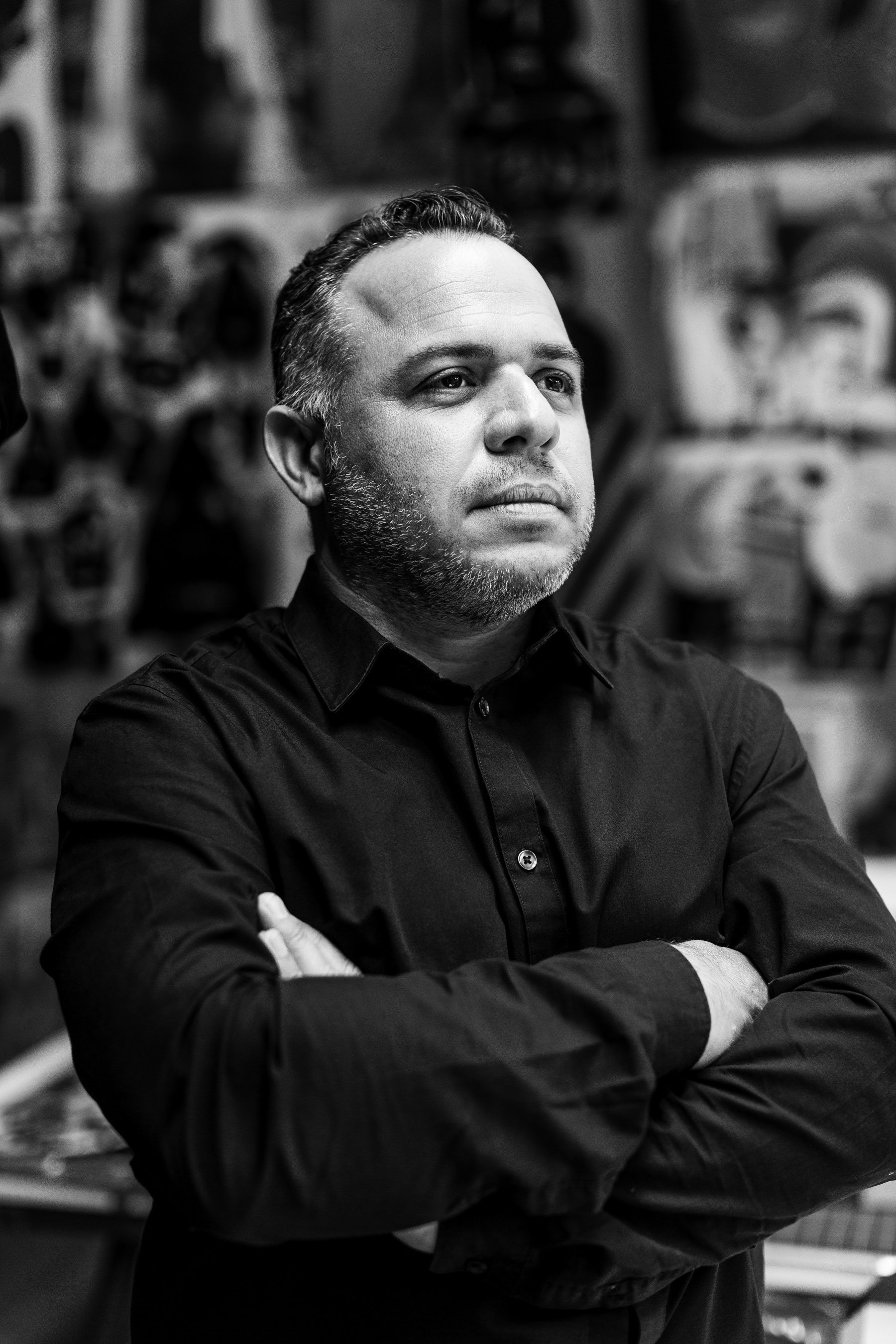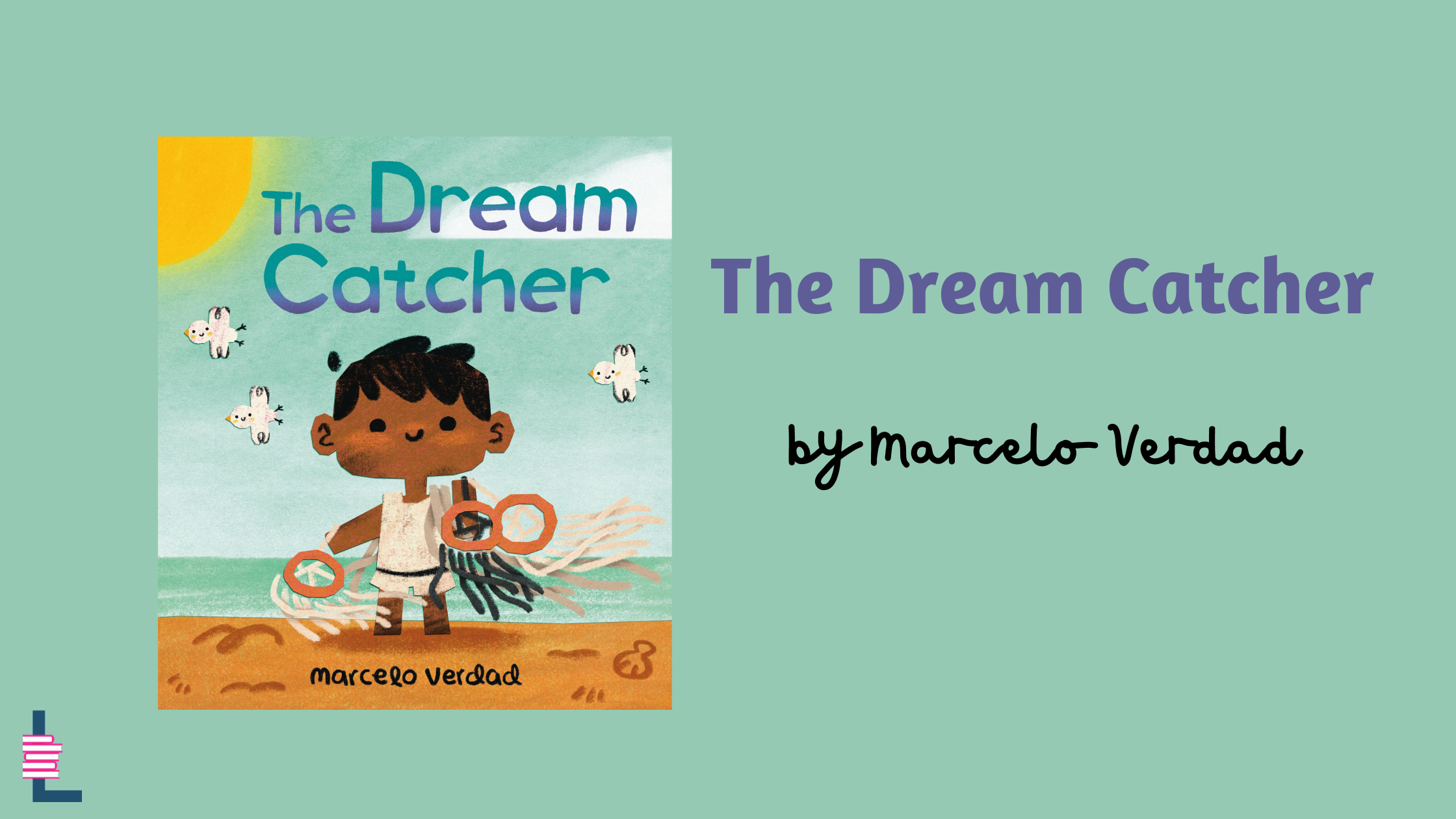Author Q&A: ‘Pockets of Love’ by Yamile Saied Méndez
Yamile Saied Méndez’s forthcoming picture book, Pockets of Love, begins with a flood of memories. “Grandma Monona used to visit her children and grandchildren all over the world. She would bring special candy, a new recipe or two, but most of all her laughter and love.”
Sebi and Star, the book’s young protagonists, are keenly aware that things are different now. Their maternal grandmother isn’t coming to visit them for Mami’s birthday. Méndez writes, “Heaven is just too far away.”
But the brother-sister duo are determined to cheer up their mother. They try different things like bringing Mami breakfast in bed, and flowers. Then, when she leaves for work, the siblings devise a plan. They’re going to make empanadas just like Monona used to.
But there’s one problem. They don’t know the secret ingredient in Monona’s recipe.
Will Star and Sebi be able to lift their Mami’s spirits on her special day, the way Monona did? And what is this secretive special ingredient?
Pockets of Love is a heartfelt story about the ways in which we express affection to our loved ones, and the ways in which we carry on the legacy of our departed. Illustrator Sara Palacios adds extra warmth and heart to the story with her signature style of expressive and diverse characters. There’s also incredible detail into the different “pockets of love,” among them egg rolls, tamales, dumplings, and more.
Writers Mentorship Program mentee Amaris Castillo sat down with Méndez, her 2023 middle grade mentor, to discuss Pockets of Love – out on Sept. 3 from HarperCollins.
This interview has been edited for clarity and brevity.
Amaris Castillo (AC): Congratulations on Pockets of Love. What inspired you to write this story?
Yamile Saied Méndez (YSM): I was in the grandparents mode when I was writing it, because What Will You Be? had just come out. I was talking to my brother about some recipes my mom used to make that we thought she had never written down. We learned them by standing next to her while she was cooking. And so I just had this idea.
I’ve had Star and Sebi, my two siblings (in the book), as little characters in my mind for a long, long time – but I didn’t have a story for them. Then everything kind of fell together like a puzzle. I thought about empanadas, because they’re one of my favorite things to make and that my mom used to make. It’s one of those magical things where I had the characters, I had a premise. I was missing my mom. And then in the meantime, we’d also lost another grandma – my husband’s mom – and so all these things were fresh in my mind. And the story just came together.
I was also reading reports about how many people we’ve lost during the pandemic, and that one in five children had lost a loved one that they lived with, or somebody from their immediate family. I was thinking about these children and how they were coping and processing the loss of a loved one.
AC: Your story follows Star and Sebi, siblings who decide to make their Grandma Monona’s empanadas for their mami’s birthday. You write that their abuela is in heaven. Obviously death is a delicate subject. Can you talk about your approach on the page for young readers?
YSM: It is a very complicated subject because it’s not fun. This is part of life and it’s something that we need to talk about with our children, whether they’ve experienced the loss of a pet hamster or a beloved cat or a dog. When it comes to a beloved family member, those can make for very difficult conversations. But at the same time, I believe that we need to be open so that our children can process these losses in a safe and loving environment.
I’m hoping that reading my book will bring families together, and open the door for these conversations in a way that each family can fill in the blanks for what they believe is next. Whether they’re religious or not, I hope that the story will, again, give families the space and opportunity for these loving conversations… We all have different beliefs. But at least one thing we can all agree on is that, even if we don’t know what happens next, we know what happened while we shared that time together with our loved ones in this life. And we can go back and reminisce on those times, and not forget them.
AC: Star and Sebi worry about not knowing their grandma’s secret ingredient. I felt like that was deeply resonant; many families have relatives who keep certain ingredients closely guarded, or whose measurements are vague and, instead, instinctual. There was also this innocence you capture when children place so much emphasis on something. In Star and Sebi’s eyes, what is at stake if they don’t get the ingredients right?
YSM: They just want to make their mom feel special on her birthday. Since making food was the way that the grandma made their mom feel special, they’re just scared that their mom won’t have a special day because she’s missing the grandma’s empanadas.
I think that’s a way that children show love, and that they care. Even when they’re little. The stakes are super high because, when you’re a little child and you’re scared that you’re not going to have those answers like what the special ingredient is, it makes for a very stressful situation. But when they learn that the special ingredient is love – and they do love their mom – that’s something that they can give. Even if it was a different kind of love from Monona, they do love their mom and, again, that’s an ingredient that they do have in their power to share.
“I’m hoping that reading my book will bring families together, and open the door for these conversations in a way that each family can fill in the blanks for what they believe is next. Whether they’re religious or not, I hope that the story will, again, give families the space and opportunity for these loving conversations…”
AC: In the book, Star learns what pockets of love are, and how every country has its own version of them. Why was it important for you to highlight that?
YSM: Because I wanted to make the story accessible for children that are not Latine, also. We call them empanadas, but it is true that versions of these little savory or sweet turnovers exist in pretty much every culture. I wanted to open the book for people that are not from my background, to also feel seen in the story.
AC: You dedicate this book to your late parents, and I saw in your author’s note you mention your mom’s famous empanadas. What was it like to work on this book with your parents in mind?
YSM: It was very emotional. In fact, I really don’t know how I’m going to get through a reading of this book without getting choked up. It was also a little bittersweet. One of the most magical things happened to me while I was going through a box of things that I brought from Argentina. I’m an immigrant. You know how it is; for immigrant families, you can’t bring everything from home. You have to pick and choose. Among the things that I brought, and that I was able to keep all these years, were some old journals of mine. And mixed in these old journals was a spiral notebook in which my mom had written recipes by hand. She dedicated it to my dad and my siblings and me. It was such a special thing to actually have the recipes in her handwriting. Like we say in Spanish – “puño y letra.”
It was like a gift. My mom’s been gone for 10 years now. I didn’t ever remember having this notebook in my possession, but since then I’ve made copies for my siblings to give to them. It’s very special that, even though I didn’t think that she’d written the recipes for these dishes, she had. I also found this notebook after this book was written, so it was like a little present from my mom from beyond.
AC: What are you hoping readers take away from Pockets of Love?
YSM: In my family and in my culture, food is one of the ways in which we show love. With my busy lifestyle and having teenagers and kids that are in college, it gets difficult to get together for a meal. But nothing makes me happier than when we’re all together and my kids eat my food, or the food that I provided.
I hope that when families read the book, they can find the ways in which each family shows love. Maybe it is through food. Maybe it is through playing a game together, or sharing stories of the people that are not here anymore… Hopefully families will identify their own particular ways in which they share love.
Yamile Saied Méndez is the author of many books for young readers and adults, including the award-winning picture books Where Are You From? and What Will You Be? She was born and raised in Rosario, Argentina, and now lives in a lovely valley surrounded by mountains in Utah with her husband, five children, two dogs, and a majestic cat. She’s a graduate of Voices of Our Nations (VONA) and the Vermont College of Fine Arts MFA writing for children and young adults program. She’s always trying new empanada recipes. Connect with her at yamilesmendez.com.
Amaris Castillo is an award-winning journalist, writer, and the creator of Bodega Stories, a series featuring real stories from the corner store. Her writing has appeared in La Galería Magazine, Aster(ix) Journal, Spanglish Voces, PALABRITAS, Dominican Moms Be Like… (part of the Dominican Writers Association’s #DWACuenticos chapbook series), and most recently Quislaona: A Dominican Fantasy Anthology and Sana, Sana: Latinx Pain and Radical Visions for Healing and Justice. Her short story, “El Don,” was a prize finalist for the 2022 Elizabeth Nunez Caribbean-American Writers’ Prize by the Brooklyn Caribbean Literary Festival. She is a proud member of Latinx in Publishing’s Writers Mentorship Class of 2023 and lives in Florida with her family.





























